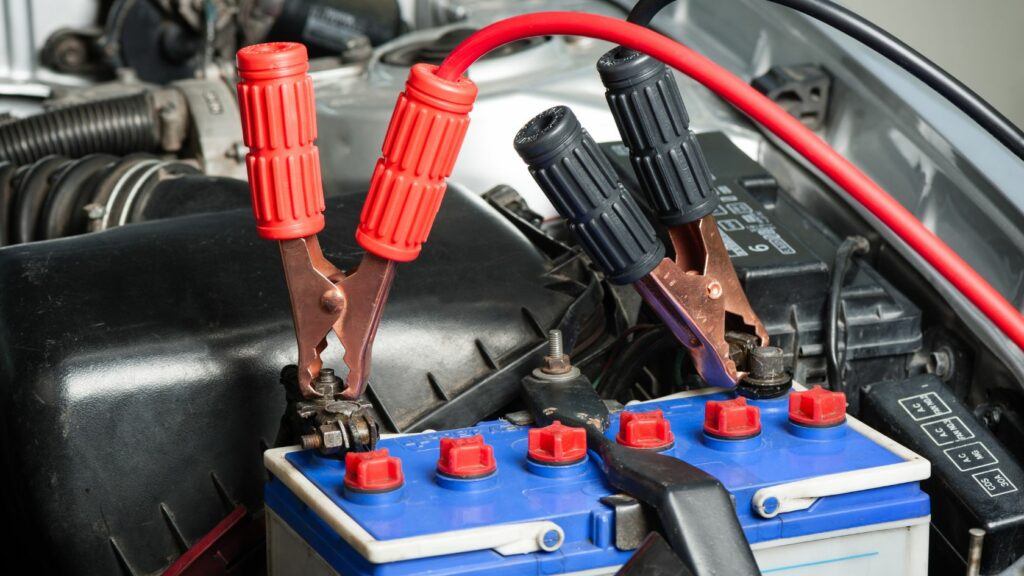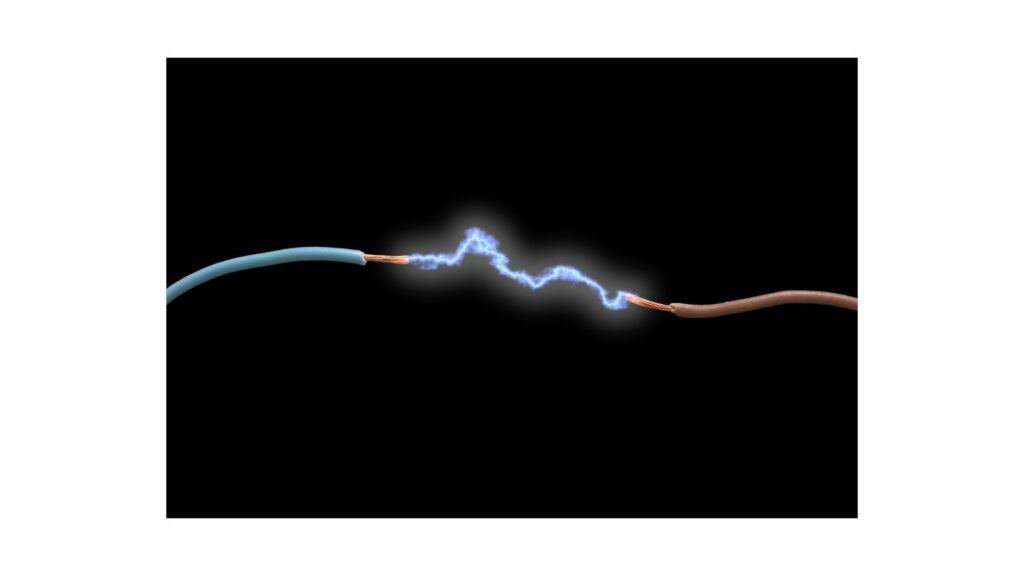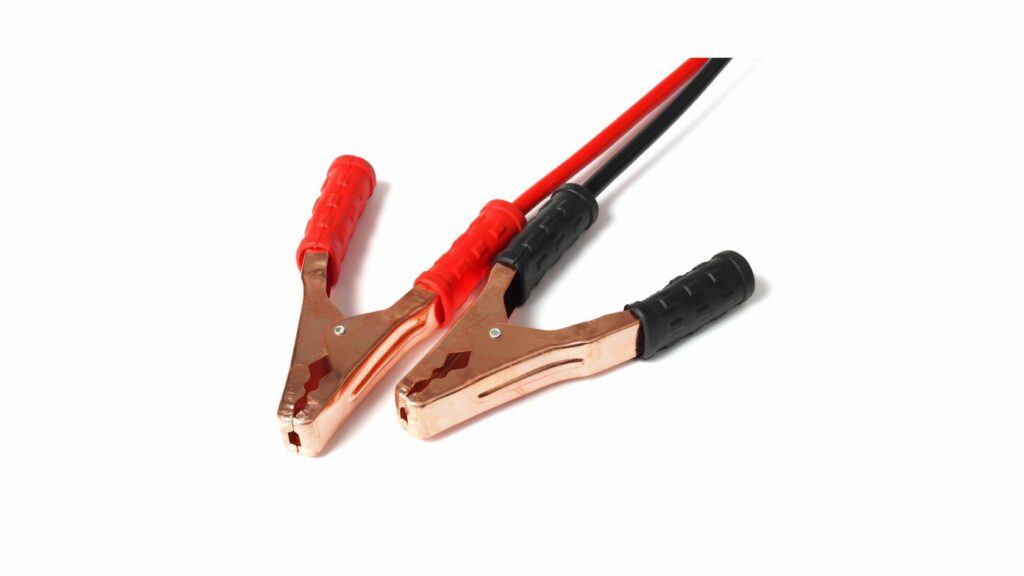
There are many factors to consider while choosing a good-quality jumper cable and one of them is amperage. If you are wondering how many amps can jumper cables handle then continue reading this post to find the answer.
A set of jumper cables is an essential supplement unit to restart your vehicle in a dead battery situation. However, a wrong selection of amperage in jumper cables may not be able to wake your vehicle battery.
So, what should be an ideal amp for your vehicle and the different size of vehicles? What are the other factors that determine the amp capacity of jumper cables? What are the precautions one must take while using jumper cables with different amps?
Let’s find the answers to these questions and many more in this post.
How many amps can jumper cables handle?
The amps or amperage capacity of jumper cables depends on various factors. A typical set of jumper cables with a 10-12 gauge wire can handle up to 200amps, while thicker cables with a 4-6-gauge can handle up to 400amps.
The higher the gauge the lower will be the amps. Generally speaking, jumper cables having 200-400 amps capacity are sufficient enough for most cars, SUVs, and light trucks.
In some cases, you may require to use jumper cables with more than 400amps depending on the power capacity of your vehicle batteries. Some companies claim to offer up to 1000amps which could be exaggerating numbers.
Regardless of the amperage capacity, it is also important to choose the proper gauge, and length for jumper cables to avoid any safety risks and prevent sparking or arcing scenarios on battery terminals.
Understanding jumper cable amperage capacity
The amperage capacity of jumper cables is designed to handle the transmission of maximum current flow between the two batteries.
The amp capacity is a crucial factor to avoid overloading the current flow.
For example, a dead battery possesses less than 12 volts against a charged battery that has more than 12 volts.
The contrasting power difference can lead to sparks and damage to the batteries and electrical components of a vehicle due to a lack of amperage capacity in the cables that are transmitting them.
Another example is the difference between the two cars. If the donor car battery capacity is higher than that of the receiving car the jumper cables used should be able to take a load of a bigger battery to transfer the voltage smoothly.
If the amp rating is lower or does not match the recommended levels there are chances of the cable getting overheated and damaging the battery components and even generating larger sparks.

The amperage capacity is typically indicated by a gauge number. Gauge numbers vary from 1-12 and some may even go up to 16 gauges. A gauge of jumper cable can be determined by its diameter.
The lower number of gauges means thicker cables and higher amperage capacity. It is, therefore, necessary to pay attention to the gauge of jumper cables which will by default match or exceed the amperage capacity of your vehicle needs.
Determining factors on amperage capacity of jumper cables
Gauge is one of the most important factors in determining the amperage capacity of jumper cables. Having said that some of the other factors associated with jumper cables cannot be ignored.
When you have decided on the gauge of jumper cables ensure to check the following aspects as well:
Length – While considering the length the cables should not be too long. As mentioned earlier, the lengthier the cable, the lower the amperage capacity it will have.
Therefore, make sure to have cables long enough to cover the distance between two vehicles. A 10 to 15-foot lengthy cable should be an ideal choice however a 20-foot long will be perfect if it carries an amperage rating of 400 amps or more.
Connectors/Clamps – It is crucial to consider the quality of connectors/clamps on the jumper cables. Clamps can be identified as alligator-shaped clips that attach to the battery.
Since the clamps are the last point of contact on battery terminals they should be strong enough to hold themselves against the passing electricity.

Clamps typically resemble copper material which is a powerful conductor of electricity. If the quality of clamps is mixed with other materials it can cause voltage drop, heat buildup, and arcing which can damage both battery and electrical system of a vehicle.
Insulation – Insulation is another important factor that keeps the wires in good shape and condition. Irrespective of the length and thickness, jumper cables are prone to wear and tear courtesy of hard weather conditions and wrong storage.
Well-insulated cables can withstand the risks of cold weather and extreme heat. Rubber and PVC material insulation provides quality thickness and durability to jumper cables to protect them from external environmental conditions and accidental contacts.
The list of factors doesn’t end here. There is more to choosing a good-quality jumper cable and if you are looking forward to finding out more about them then check here.
Jumper cable amperage capacity by vehicle type
Small and compact vehicles – For small and compact cars, a jumper cable with an amperage capacity of 300- 400 amps should be sufficient. This is considering the type of engine and battery voltage such cars carry.
Along with amperage ensure the gauge of cables is between 4-6 and not less than 10 feet in length.
Full-size sedans – A 6-gauge and 20-foot long jumper cable with an amperage capacity of 400 amps should work absolutely fine on medium and full-size sedan cars.
SUVs/mini trucks – Looking at the size, battery voltage and engine power of SUVs and mini trucks a 4-gauge jumper cable with a 20-foot length and 600-800 amps can do the job of jump-starting easily.
Final thoughts
Jumper cables can handle amps according to their gauge size, connector material, and insulation quality. For most cars, a 4-gauge jumper cable with an amperage capacity of 400 amps or more can transmit the current flow smoothly.
However, if you have a heavy vehicle consider choosing a 1-2 gauge wire with close to 800 amps capacity jumper cables.
The amp rating is critical to handle the flow of current between two batteries so do not compromise your purchase with lower amp-rated jumper cables.
As a precautionary measure, it is important to only use jumper cable with the same or higher gauge than the cable in your vehicle.
Ensure to turn off the battery with a higher amp before connecting the jumper cables and follow the proper order of connecting the jumper cables to avoid electrical shocks and vehicle damage.
Always follow the vehicle’s manual to find the recommended amp rating and keep the factors in mind from this post while finalizing a set of jumper cables to buy.
